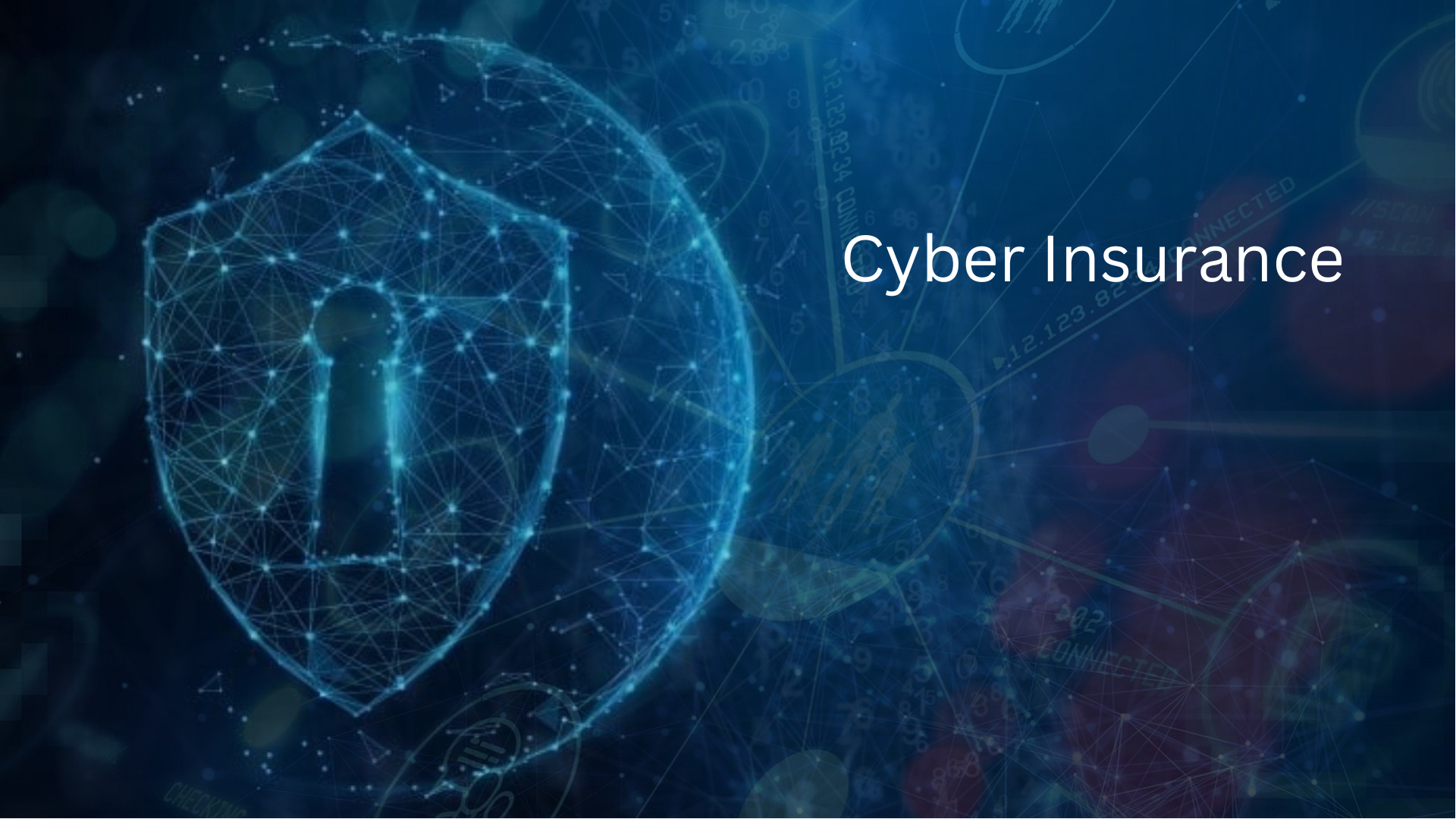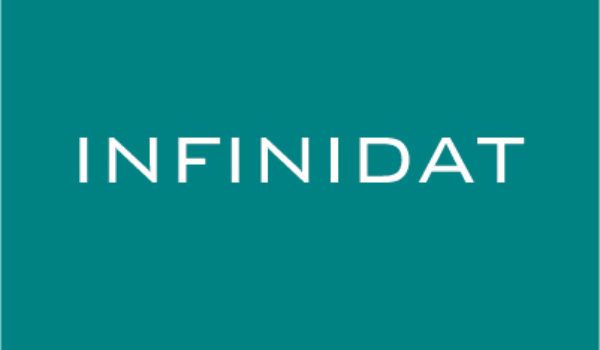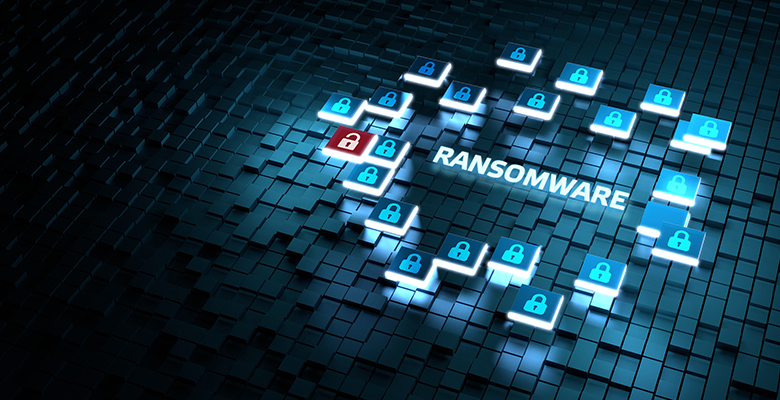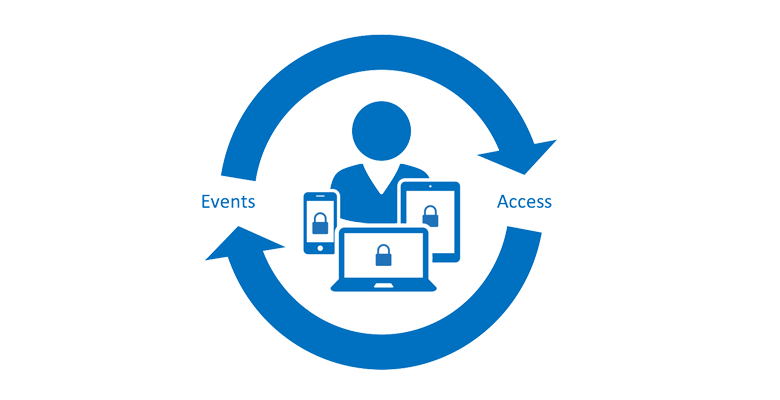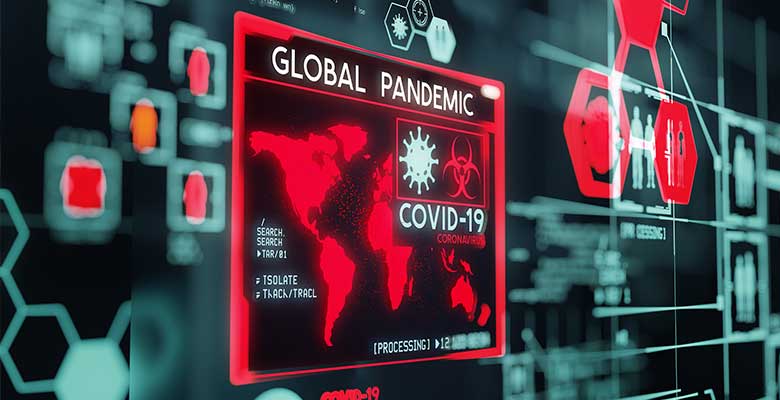Is your organization struggling to balance mobile security with employee productivity? Are you confident that only secure, compliant devices can access your business applications? You are not alone. In today’s hybrid and mobile-first work environment, organizations face the challenge of securing corporate data while ensuring employees can work efficiently from anywhere. Without a comprehensive mobile device management (MDM) solution, companies risk data breaches, unauthorized access, and compliance violations.
Daymark’s Microsoft Intune Workshop
Daymark is here to help. With our Microsoft Intune Workshop, your organization can learn how to gain complete control over mobile security, streamline IT operations, and empower your workforce with seamless and secure access to business applications—no matter where they work.
Read More



